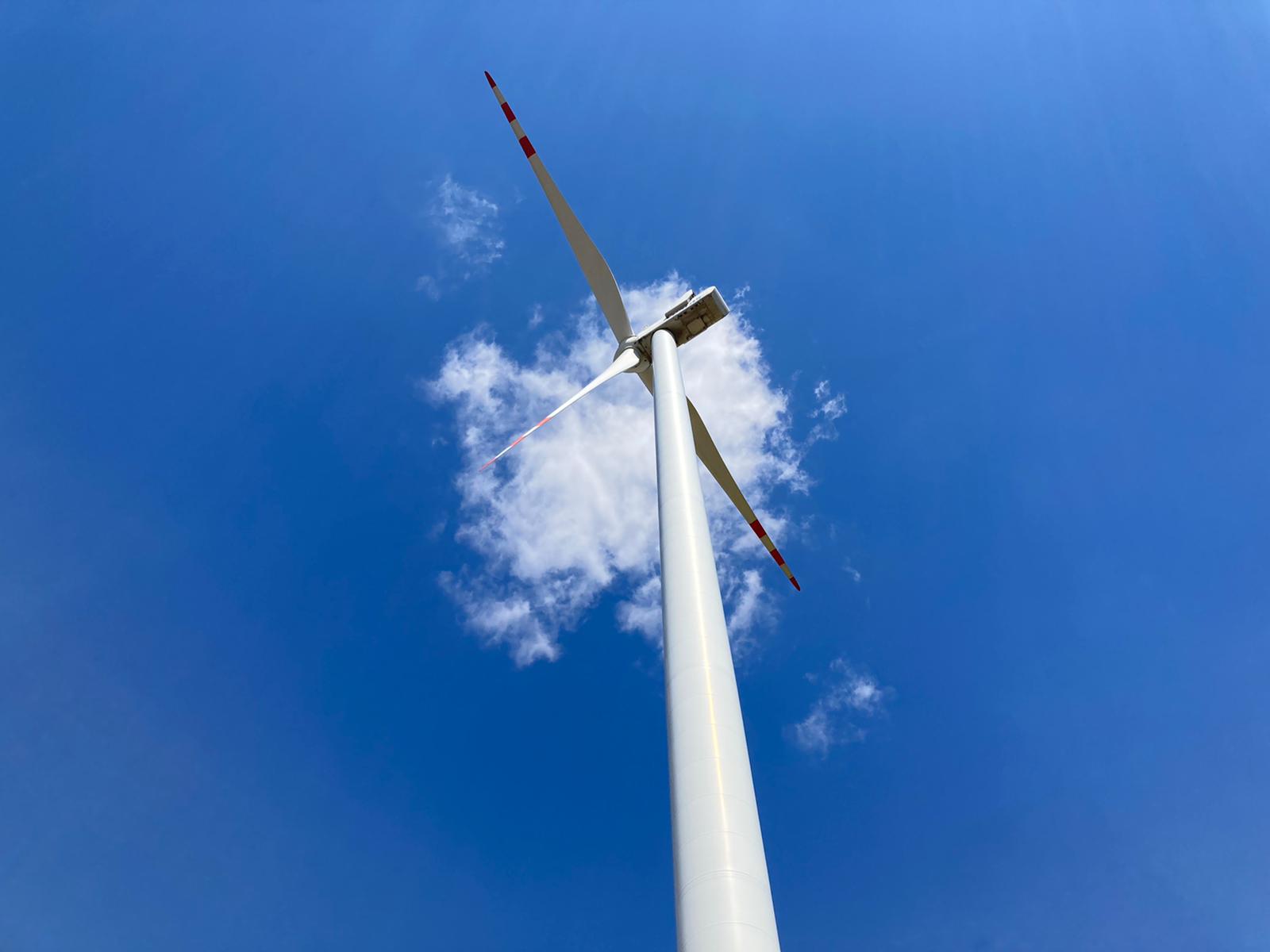Over the past year, investments in onshore wind have accelerated. According to the report of the Polish Wind Energy Association (PSEW), the potential of onshore wind is close to exhaustion. The reason is the Distance Act, which imposes specific distances between wind turbines.
According to the report, at the end of 2022, wind farms in Poland were operating with a capacity of 8.25 GW, and over the past year more than 1.1 GW was added. All renewables provided 21 percent of electricity, to which the wind itself contributed 10.8 percent.
PSE has reported that in 2022, electricity production from wind energy alone amounted to almost 19 TWh, which means a 15 percent increase in generation compared to 2021. On January 4, 2023 between the hours of 18.00 and 19.00 wind turbines generated a record breaking amount of energy and operated with a capacity of 7576 MW, beating the previous record from April 2022 at the level of approx. 7200 MW.
Wojciech Sztuba from TPA estimates that the auction model of RES support is already exhausted in Poland, especially in the case of onshore wind energy.
„There are no more projects ready to participate in the next auctions,” Sztuba pointed out, recalling that the support budgets in the last auctions were used only in half. „This means that some investors no longer decide on auctions as a way to secure the profitability of the project,” Wojciech Sztuba said.
According to the data, Poland is currently implementing projects with a capacity of approx. 3 GW, which are at different stages of construction. This means that the wind farm capacity will exceed 11 GW. According to Sztuba, another 2-3 GW will be added by the end of the decade, but the investment gap will become more and more visible. New projects, in accordance with the revised distance act with a minimum permissible distance of 400 m, will require further agreements and thus their construction will take longer.
Bartosz Siemieniuk









